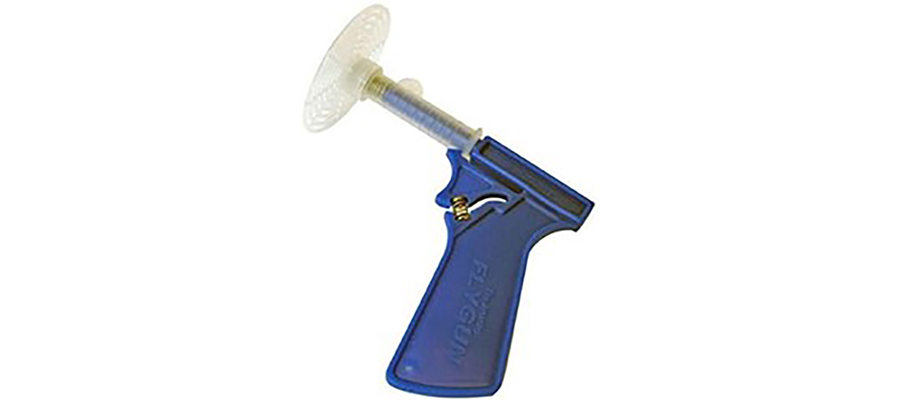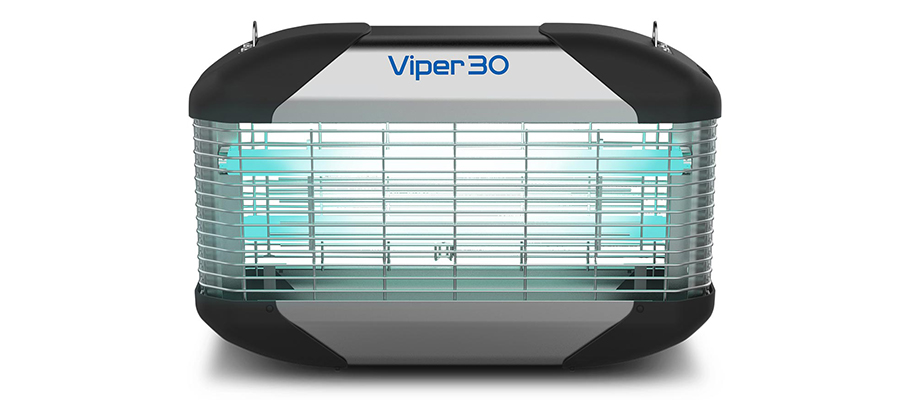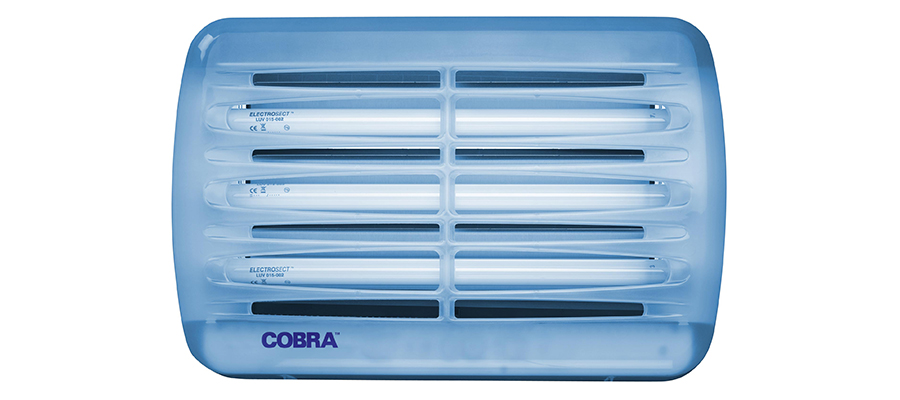Origin Story
In the mid-1950s, the residents of Minamata, a small fishing town facing the Yatsushiro Sea (Shiranui sea) in southern Japan, reported the cats in the town were behaving strangely. They would erratically jump into the sea, causing people to think the cats were going crazy.

In 1956, a 5-year-old girl started developing unusual neurological symptoms. She had convulsions and difficulties in walking and speaking. It wasn’t long before her sister developed similar symptoms.
Soon, this unknown illness spread through the town. The residents of Minamata reported numbness in their limbs and lips. Some had difficulty hearing or seeing. Others developed tremors in their arms and legs, had difficulty walking, and some even had brain damage. Like the cats, some people seemed to be going wild, screaming uncontrollably.
It wasn’t until July 1959 that researchers from Kumamoto University discovered the source of the illness. They concluded it was from high levels of mercury poisoning. Further investigation found that a chemical factory was releasing industrial wastewater that contained methylmercury into the Minamata Bay and Shiranui Sea.
As townspeople relied primarily on fish-based diets, the mercury in the water entered their bodies through the fish. It is estimated that 27 tons of mercury compounds were dumped into the Minamata Bay and Shiranui Sea. Unfortunately, by this time, women with mercury poisoning gave birth to babies with severe deformities, including sensory disturbances and a host of other unfortunate symptoms that would leave them permanently disabled. This disease is referred to as Minamata disease. According to the Japanese government, 2,955 people contracted Minamata disease, and 1,784 people died.
In recognition of this catastrophic event, the UN Convention on Mercury is named after Minamata.
The Treaty
The Minamata Convention on Mercury was adopted following four years of negotiations after an open diplomatic conference, the Conference of Plenipotentiaries, held in Kumamoto, Japan, from 10 October to 11 October 2013. The Convention entered into force on 16 August 2017. The Minamata Convention on Mercury aims to protect the environment and human health against anthropogenic emissions and the release of toxic heavy metals.

As an international agreement with support objectives, the agreement contains provisions covering the whole life cycle of mercury, including controlling, and reducing the range of products, processes, and industries in which mercury is used, released, or emitted.

The preamble to the Convention states that the parties acknowledge that mercury is an element of global concern for the following reasons:
- Its extensive atmospheric transference
- Its persistence in the environment after being anthropogenically introduced
- Its ability to bioaccumulate in ecosystems
- Its significant adverse effects on human health and the environment.
The preamble also acknowledges the work done by the WHO to protect human health from mercury and its toxic effects, the role of relevant multilateral environmental agreements, and support for the Convention and other international agreements in the areas of environment and trade.
Agreements
Participating countries have agreed to take steps to protect human health and the environment from mercury, cadmium, and lead pollution. Still, only mercury is regulated – a binding instrument of regret for environmentalists who have long fought to regulate heavy metals like arsenic, lead, and cadmium at the international level. Specific provisions of the Convention also include:
- The ban on new gold mines
- Eliminating existing mines
- Regulating mercury usage in artisanal and small-scale gold mining
- Limiting mercury emissions from coal-fired power plants

The Minamata Convention, led by the United Nations, has been signed by 128 countries.
2020 marked the deadline for phasing out of import, export, and manufacture of products with mercury additives such as lamps, batteries, pesticides, and certain cosmetics. When discarded carelessly, small products like lamps and batteries with even trace amounts of mercury end up in landfills. This mercury will eventually leak into the environment and cause irreversible damage, much like the devastating incident in Minamata.
However, seeing resolutions through to the end on a global level is much more complicated than it seems. To protect human populations and the environment from mercury pollution, countries have several areas of research that require systematic plans for long-term action.
With Brandenburg’s Genus® LED range of fly traps, there is no risk of exposing humans or the environment to mercury. LED lamps do not contain mercury and consume significantly less power, which reduces mercury emissions from coal-burning for electricity generation.
To learn more, please visit: https://www.mercuryconvention.org/en



















